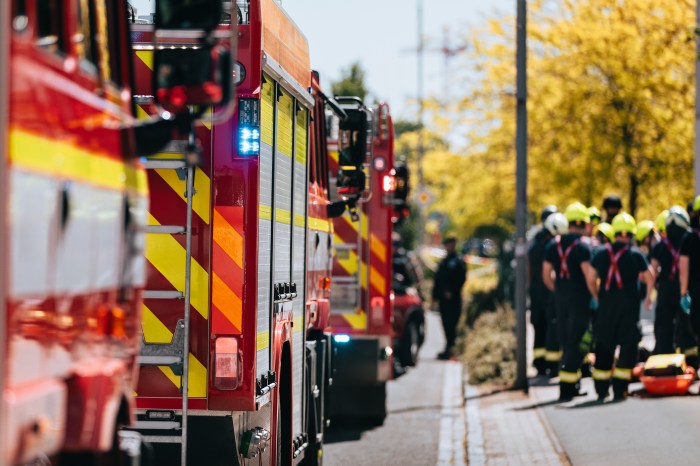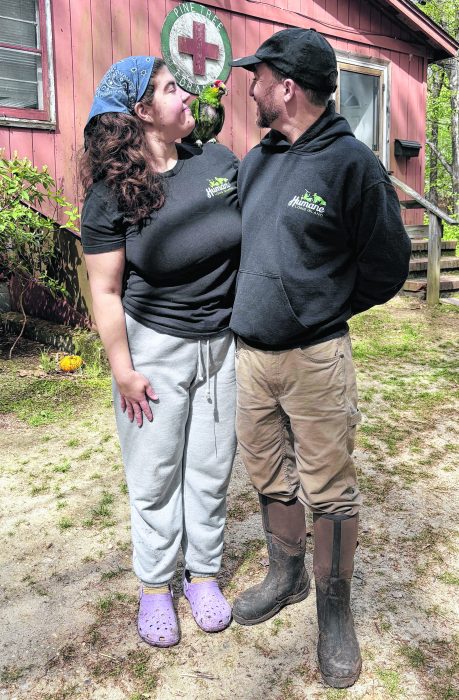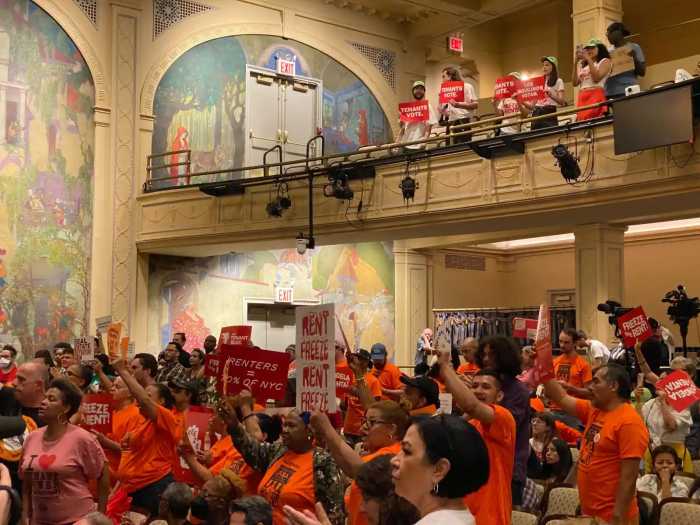Former Carey High School teacher one of the first to create video yearbooks
Bob Walpole did it to raise money for Carey High School athletics decades ago. He’d lug his trusty camera around the hallways of the 230 Poppy Avenue teaching ground, documenting students to give them something to watch years later with family and friends: a video yearbook. Walpole just wanted to help, but what he would learn decades later is he may have been the first anywhere to do such a thing.
The former high school gym teacher may be one of the first ever to create video yearbooks, something that’s become a staple with the ever-growing area of video technology. Walpole’s first visual scrapbook rolled on screens in 1983.
Walpole, 69, said a former student called him up in 2008 looking for a tape of the 1988 graduation to play as background visuals for her upcoming class reunion. After a Google search by his daughter Karen, she found that no video yearbooks were created in the U.S. until 1985, and in Germany in 1987.
“I called up the New York Public Library and had the lady research it for me,” he said. “She didn’t find anything earlier than my video.”
Walpole worked at Carey from 1967-99. He attended at Penn State University from 1961-65.
“My wife and I had four children so I was trying save up some money and what I did was I started taping weddings and softball games for bars,” Walpole said. “I would take the recordings back to the bars and show them the games and I would make money like that.”
One would figure that a company like Jostens may have cracked the moving-yearbook code first, but according to Library of Congress and New York Public Library representatives, the earliest video yearbook produced in the United States other than Walpole’s was in Concord, MA in 1985. Other early advents of video yearbooks include Iowa City High School and Long Island schools such as Division Avenue, South Side, Lawrence and Massapequa in the late 1980s.
Paul Friedman in the General Research Division of the NYPL managed to dig up old newspapers articles dating back to 1985 from the Los Angeles Times, New York Times and the Chicago Tribune. The articles mention video yearbooks in Pennsylvania and California in 1982 and 1981. Though Walpole may not have been the first, he certainly was ahead of the curve in terms of foresight into the future that is the technology age.
Walpole credited his video-editing prowess to Norm Hosler, who helped him splice a co-worker’s son’s wedding video in the AV department at Carey. Hosler died in 2008. He worked on Broadway and pioneered the first interclass communications program dubbed ALERT, at the high school.
“It dawned on me that it would be pretty cool to make a video yearbook,” Walpole said while working on wedding videos. “At that time, you didn’t need release statements. Nowadays you can’t take a picture in the hallway without getting one. I checked with the superintendent, principal and checked with the main administrative officers and they gave the go-ahead.”
Walpole called Hosler a “genius” and commended the former Carey AV expert and his eye for the screen.
“He was a great man,” said Walpole. “He helped me a lot.”
From prom, to football games, barbecues and hallway interaction, Walpole would scour the corners of Carey to make the transition of seniors that much sweeter. Adding music to the video was his finishing touch.
“I would sell them on graduation day at the end of the year and take all that money throw it back into the athletic programs,” Walpole stated.
In 1983, a novelty at best according to Walpole, he sold about 40 tapes. The following year saw more than 100 videos sold, and it skyrocketed graduation upon graduation.
Walpole’s interest in videotape sparked from his brother-in-law Dave Flaherty, who worked for Pfizer as manager of training and development. He brought home a reel-to-reel video recorder he used as a teaching tool and taped the family and watched it on the TV.
“A number of years later, cartridges were invented and I got hooked into that,” Walpole said. “Because I was involved in coaching and I was in the hallways and I had kids in class all the time, I thought would be a good idea.”
In 1986, he started taping the first day seventh-graders walked onto the campus and would hold the tape under lock and key until they graduated. Walpole created a then-and-now segment, showcasing students’ days as youngsters, followed by their time as seniors at Carey.
“I would never show them the tape until six years later when they graduated,” he said. “That was a favorite among the students.”
Audio/Visual Clerk Barbara Priester also aided Walpole. A number of years into his video chronicles, he attained her expertise.
Priester, an advisor for a stage crew, organizes theater plays at Carey and Walpole would tape segments, which were edited into the end-of-the-year video. She would procure video units for him during his video yearbook adventures.
“It was always very exciting because [Robert] was just so into what he was doing,” she said. “He put so much time and effort into it.”
Walpole hung up his reel-to-reel shoes in 1999 when he retired.
































